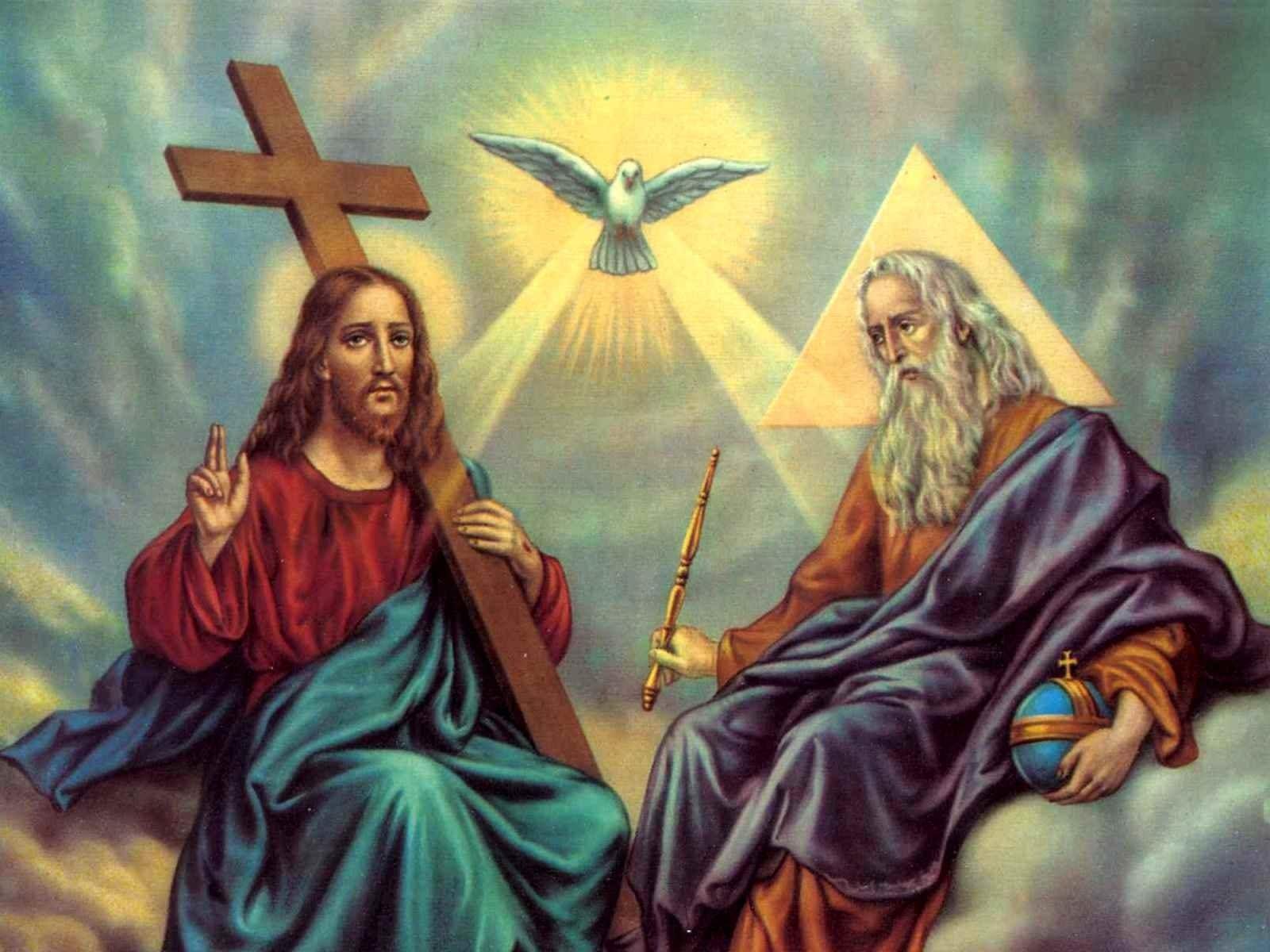This Sunday is one of those rare liturgical celebrations when the Catholic Church formally designates the Mass for a specific mystery in the general realm of its teachings. And so, today is the Solemnity of the Most Holy Trinity.
Sounds pretty impressive. And all things considered, such a high feast day makes sense since it is specifically the Holy Trinity that the Christian believer worships and adores.
And yet, this is one of those solemnities where homilists throughout the world cringe. The average church-goer isn’t interested, or perhaps doesn’t have the philosophical training to either understand all of the early Trinitarian heresies, or even the full theological teaching of the mystery today. And so, what is a homilist possibly to preach about?
The Holy Trinity is hailed by the Catechism of the Catholic Church as “the central mystery of the Christian faith,” and yet those ordained to teach scratch their heads and wonder what to say, how to apply the mystery, or what the faithful might need from such a mystery today.
Without exaggerating the dilemma, there are many helpful and easy-to-digest explanations and applications that could be drawn from the church’s teachings on the Holy Trinity. Of the many that could clarify misunderstandings or help believers along their journey of faith today, one stands out.
Pope St. John Paul II retrieved the notion of the Holy Trinity as a Divine Family. While the more philosophical explanations of “a community of persons” or “an ontological union of individual subsistent persons within a shared divine nature” are accurate, the depth and significance of these formulations could be lost on the average believer in the pews (not to mention the blood and sweat that went into the centuries of work to reach these formulations and the on-going discomfort surrounding certain aspects of these formulations).
And so, we go back to the retrieval of the notion of the Divine Family.
This notion is not without its own theological discomforts, but the help it provides in explaining and applying the Holy Trinity outweighs the debate of theologians. As St. Patrick went with the three-leaf clover even with its problems because it served a far-greater evangelical purpose, so the use of the Divine Family can serve a broader cause today.
With that caveat addressed, let’s look at the concept of the Divine Family. Such an explanation takes the beauty of the philosophical formulations on the Trinity and applies them in a very relational way. Rather than contributing to a sense of confusion or making God seem more removed, the Divine Family achieves the essential point of the Trinitarian teaching, namely, God loves us and desires fellowship with us.
The teaching on the Divine Family presents God as a family, Father to Son, and Son to Father, and the Holy Spirit as the Love between them. As in a marriage, the love between two spouses brings forth life in a child, so the Holy Trinity exists as this Love between the Father and Son. As three family members are equal in dignity, so the Persons of the Holy Trinity are equal in divinity and splendor.
God lives, quoting the Catechism again, as “infinitely perfect and blessed in himself,” and so this Divine Family dwells as glory unto glory.
As an expression of its superabundant love, the Divine Family sought to share the love it already possessed within itself. And so, God the Divine Family created the heavens and earth and crowned this creation with the human person, made in the divine image, male and female, he created them.
As members of the human family, therefore, we are all welcomed into this Divine Family. No one is excluded or left out. The door is always open.
As Pope John Paul II would emphasize, in light of the Divine Family, God in his innermost essence is not solitude, but family. And so, the concept of a removed God – an imposing old guy, with a long white beard, on a massive gold throne – might help us to understand God’s majesty, it does not help us to understand the love and intimacy he has within himself and that he desires to share with us.
Such imposing imagery provokes more of a sense of intimidation rather than invitation, and so a new emphasis is needed in teaching the mystery of the Holy Trinity.
This ushers in the emphasis on the Divine Family. Many people today are overwhelmed with life’s struggles and sufferings and may not understand high philosophy and so aren’t encouraged by the necessary-but-unhelpful historical formulations of the Trinitarian mystery. The central mystery of the Christian faith is lost on them, and this is an evangelical tragedy.
New explanations of unchanging truths are needed, and so on this Solemnity of the Holy Trinity, the Divine Family can be preached and taught, and believers can see anew the intimacy, approachability, and love that God has for each of us and the fellowship and grace he offers to all.













